4 security practices for email marketing
How popular is email? Estimates are that 205 billion email messages are sent every day.
Heading into the new year, email remains the most critical marketing outlet for both online and brick-and-mortar businesses. Email offers direct access to current customers as well as potential future ones. A well-constructed and executed email marketing campaign can take your business to the next level.
However, hackers and cybercriminals are well aware of how important email is to companies of all sizes. As a result, they often target marketing campaigns to steal customer data or damage your reputation.
That’s the bad news.
Here’s the good news. There are ways to protect your organization by implementing the best email marketing security practices.
1.Educate customers
When it comes to internet security, the worst thing a public-facing company can do is pretend that hackers and viruses don’t exist. This attitude makes your organization seem either recklessly naive or unconcerned about the safety of your customers.
Neither is good for business.
Moving forward, consider taking a more proactive approach: Become an educator about the risks present in online life. An easy way to get started is to set up a dedicated section on your homepage that links to educational content about common security attacks and how to prevent them. The goal is to make visitors to your website more aware and cautious, which will in turn keep your company’s data more secure.
This approach is especially important if your organization sends out a great deal of email content through marketing campaigns. Many customers consider advertising emails to be junk or spam, and as a business, you need to fight that stigma.
Teach your customers what real spam looks like, emphasizing the importance of always checking the “From” address in messages. In addition, warn users about clicking on links or opening attachments from unknown sources.
In today’s world, email marketing campaigns are highly personalized thanks to all of the data about customers that companies can capture and automatically analyze online. This information can be highly valuable for advertising purposes, but as a result of recent data breaches, internet users are becoming more skeptical about organizations that track their online activity.
2.Keep internal systems clean
To maintain your company’s good reputation and the trust of loyal customers you worked hard to procure, it’s a good idea to go the extra mile in keeping internal systems and servers clean. What people don’t realize is that many of the largest hacks and cyberattacks begin within an organization, either as the result of a malicious employee or an incident of social engineering.
The devil within
IT groups within a company should keep diligent records about who is allowed to access which types of data. Make these policies as restrictive as possible, especially when information such as email addresses or passwords is involved.
Any employee with access to confidential databases needs to be fully trained on security measures and legislation, especially the General Data Protection Regulation (GDPR), which went into effect in 2018 and prescribes how organizations collect and protect personal data. GDPR was initiated by the European Union, but it applies to any website or company that attracts European visitors, which includes just about every website in the world.
3.Filter outbound email
You can never be too safe when sending large batches of email. No matter what type of digital marketing solution your company uses, consider adding another layer of protection before email blasts go out. Adding a firewall to filter outgoing email is one relatively painless solution.
The most dangerous forms of hacking are attacks that occur without the affected user or company even knowing they have taken place. In the case of email marketing, your content system can be compromised, but it won’t show any signs of the hack. The intruder may have stolen your credentials or gained access through other means.
Hackers have designed intrusions that can actually intercept outgoing email and add malicious viruses or attachments to the messages. Stopping this type of attack is critical for your company’s reputation and the security of your customers’ data. A strong firewall can detect dangerous messages and halt them.
4.Invest in appropriate software
Preserving the security of your outgoing email campaigns needs to begin at the root level. Consider what internet service provider (ISP) you are using and research its reputation when it comes to security. If your ISP is prone to hacks or other vulnerabilities, then it adds more risk to your company and its financial future.
The same is true for the cloud provider where your website and other data is stored. There are many free web hosting options available on the market, but, more often than not, these come with potential security pitfalls. Some turn to selling your data on the dark web to turn a profit.
Remote work issues
If your organization is global or lets its employees work from remote locations, it’s critical to take that into account when designing IT security policies. Public Wi-Fi networks are a common place for hackers to hang out and launch attacks.
Thankfully there are ways to defend against that.
A virtual private network (client) operates like a secure tunnel between a user’s computer and internal resources within a company. It works through a system of encryption, which means that outside intruders cannot decode the data even if they manage to intercept traffic.
You should ensure that access to back-end systems and email tools are locked down, except for users who are connected to a valid VPN client. In addition, consider investing in an email client or customer relationship management (CRM) tool with added security features.
A final thought
Discussions about passwords have been known to make people’s eyes glaze over, but the topic is important. With the rise in brute force attacks and the continuing tendency of humans to create weak passwords, we turn to multifactor authentication (MFA).
The most secure email clients include this option, which requires users to enter a second login code, often sent to their smartphone, in order to access the email program. It’s another layer of security to confound hackers and make your future email campaigns a glorious success.


























































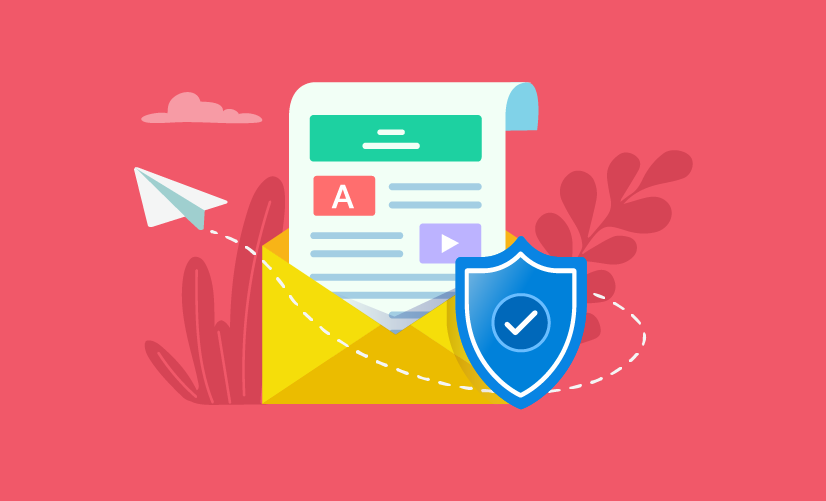






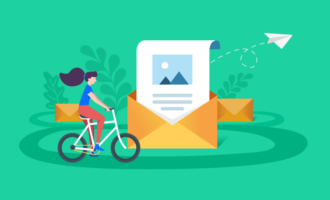


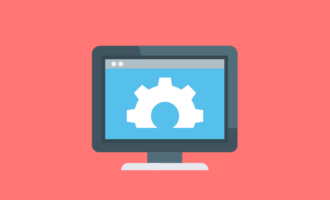

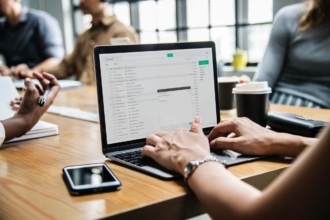









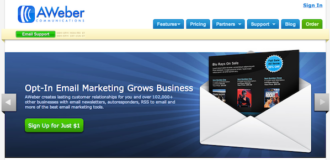


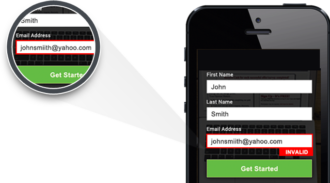

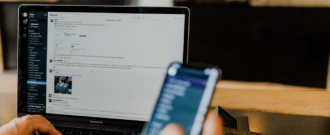











Send Comment:
3 Comments:
More than a year ago
Norton security offer scheduled automatic scans and updates for your convenience. In case you face some technical problem, so you can take help from Norton security helpline number. You can also login to our Norton security live chat to resolve any errors you face with your antivirus configuration. The professionals at Norton support are always ready to help you. And for any help you need with installing or uninstalling your antivirus, our technicians are only a call away. Get in touch at our Norton security helpline number today!
More than a year ago
Good work, keep it up
More than a year ago
For good email marketing, you need really good hosting. I found this top of email hosting
I'd be glad if that would help someone :)